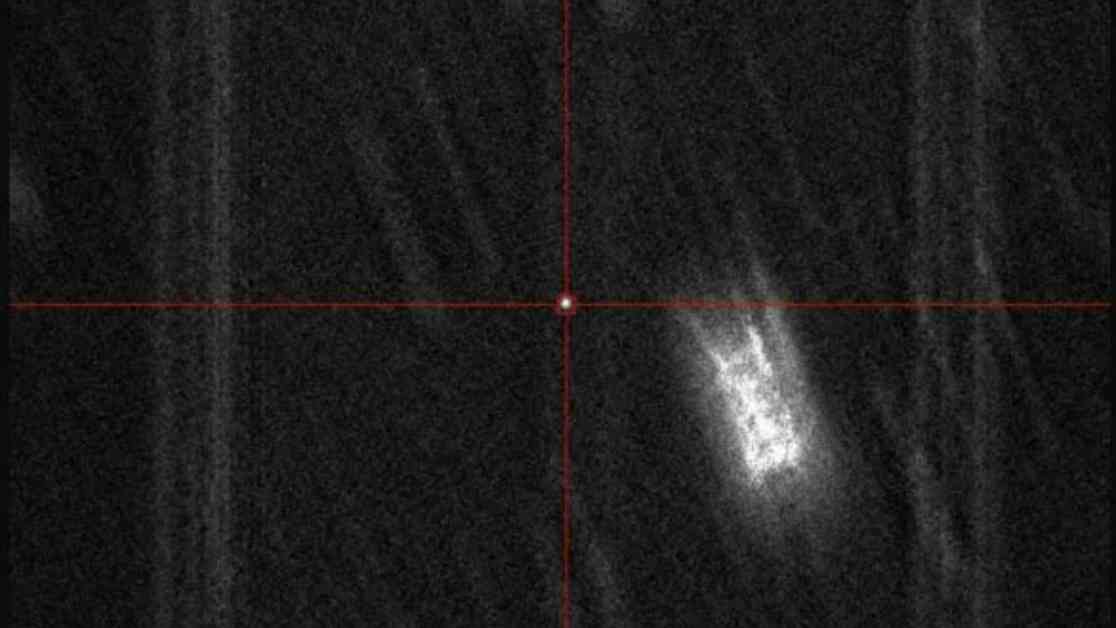NASA’s recent update on the potentially catastrophic “city-killer” asteroid hurtling toward Earth has caused quite a stir among astronomers and the general public alike. The asteroid, identified as YR4 after its discovery in December, initially raised concerns with a disconcerting 1-in-32 chance of colliding with our planet. However, new data has significantly shifted the odds in our favor, alleviating fears of a catastrophic impact.
YR4, estimated to be between 40m and 90m wide, posed a significant threat due to its potential to release energy equivalent to eight billion kilos of TNT upon impact. Scientists projected that such an event would carve out a massive 1.2-mile-wide crater, painting a grim picture of the potential devastation. The asteroid was even classified as a level three threat on the Torino scale, indicating a one per cent or greater chance of collision with the capacity for localized destruction.
Despite the initial alarm, the latest calculations by NASA’s JPL Center for Near-Earth Object Studies now place the odds of YR4 striking Earth at a mere 1-in-26,000. This staggering reduction translates to a 99.9961 per cent chance that the asteroid will harmlessly bypass our planet. The revised trajectory indicates that YR4 will pass around 5 million miles away from Earth in 2028 and again in December 2032, without posing any imminent danger.
Expert planetary scientist Richard Binzel from the Massachusetts Institute of Technology (MIT), the creator of the Torino scale, emphasized that YR4’s descent to a zero-level threat is in line with the scale’s predictions. The fluctuating probabilities of impact underscore the inherent uncertainty in predicting the path of near-Earth objects like YR4. David Rankin, an asteroid hunter from the Catalina Sky Survey, likened the challenge of tracking asteroids to manipulating a long stick, illustrating the minute adjustments required for precise calculations.
As YR4 fades from the headlines, it serves as a poignant reminder of the ongoing need for vigilance in monitoring potential threats from space. Binzel stressed the importance of continued asteroid detection efforts, emphasizing that while asteroids like YR4 may capture public attention briefly, they are a common occurrence that astronomers routinely track. By refining our ability to identify and track these cosmic wanderers, scientists can mitigate the risk of future surprises and ensure the safety of our planet.
In conclusion, the saga of YR4 highlights the delicate balance between scientific uncertainty and public awareness in addressing planetary threats. While the asteroid’s trajectory has shifted from a looming menace to a distant passerby, the episode underscores the critical role of ongoing asteroid detection and monitoring efforts. As we navigate the vast expanse of space, the lessons learned from YR4’s close encounter serve as a poignant reminder of our vulnerability to cosmic forces beyond our control.


